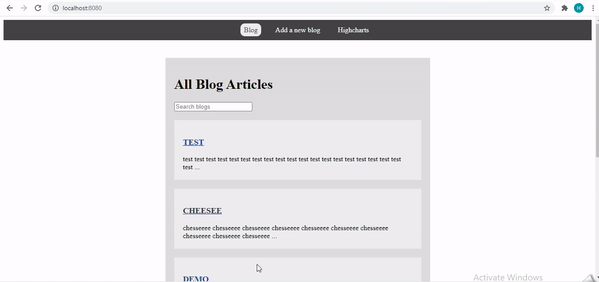What is Vue Router?
Vue Router is the authority switch for Vue.js (opens new window). It profoundly coordinates with Vue.js center to make building Single Page Applications with Vue.js a breeze.
Install Vue Router package:
npm i vue-router
When utilized with a module framework, you should expressly introduce the switch through Vue.use() :
import Vue from 'vue' import VueRouter from 'vue-router' Vue.use(VueRouter)
Example:
Open main.js and add the following code in it:
import Vue from 'vue'
import App from './App.vue'
import VueRouter from 'vue-router'
import Routes from './routes'
Vue.use(VueRouter);
const router=new VueRouter({
routes:Routes,
mode:'history'
});
new Vue({
el: '#app',
render: h => h(App),
router:router
})
Open App.vue and add the following code in it:
<template>
<div>
<app-header></app-header>
<router-view></router-view>
</div>
</template>
<script>
import Header from "./components/Header.vue";
export default {
components: {
"app-header": Header,
},
};
Open router.js and add the following code in it:
import ShowBlogs from './components/ShowBlogs.vue';
import AddBlog from './components/AddBlog.vue';
export default[
{path:'/',component:ShowBlogs},
{path:'/add',component:AddBlog},
]
Open Header.vue and add the following code in it:
<template>
<nav>
<ul>
<li><router-link to="/" exact>Blog</router-link></li>
<li><router-link to="/add" exact>Add a new blog</router-link></li>
</ul>
</nav>
</template>
Code in action:



